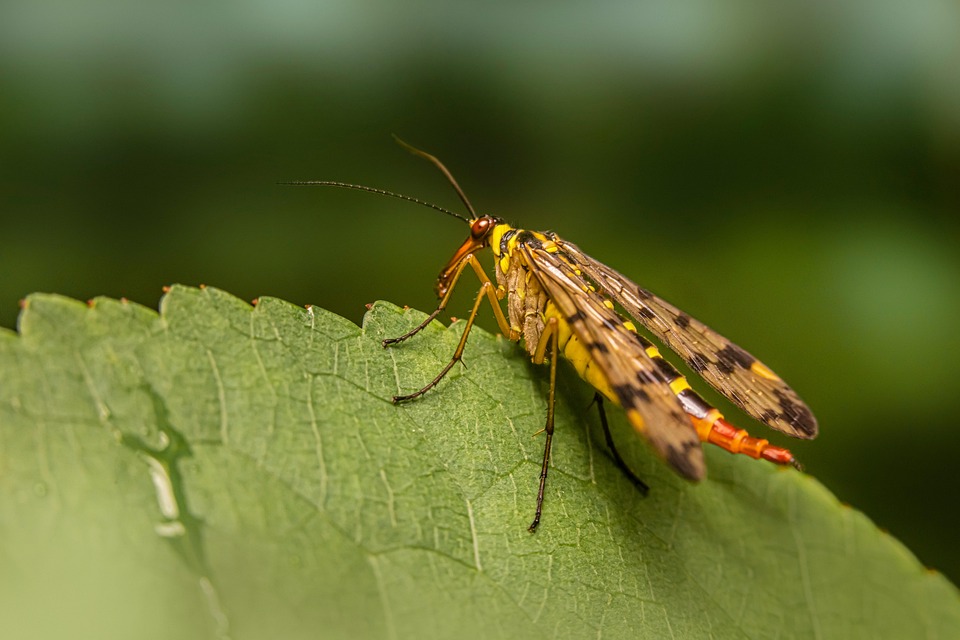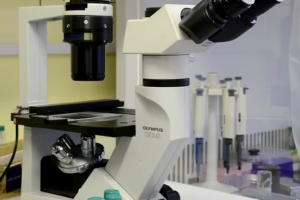A Floral Symphony: The Role of Plant Interactions in Ecosystem Harmony
In the splendid theater of nature, plants play a leading role in the production of a rich and intricate tapestry of life. Often overlooked, the interactions among plants form a critical component of ecosystem dynamics, contributing significantly to the overall harmony and stability of the environment. Just as musicians in a symphony orchestra work in concert to create a seamless and harmonious sound, plant species interact in myriad ways, establishing a complex web of relationships that sustain diverse ecosystems.
The Dance of Diversity
Biodiversity is a cornerstone of ecosystem stability, resilience, and productivity. Plants, through their various interactions, contribute to the maintenance and enhancement of biodiversity. Different species coexist, compete, and collaborate, creating a harmonious balance that allows ecosystems to thrive. For instance, the symbiotic relationships between flowering plants and pollinators such as bees, butterflies, and birds exemplify this interaction. Flowers provide nectar and pollen in exchange for pollination, a partnership that benefits both parties and enhances plant reproduction, resulting in a thriving population of both plants and pollinators.
Moreover, the diversity of plant life bolsters ecosystems against disturbances such as diseases and climate change. When multiple species coexist, they are more likely to withstand adverse conditions. For example, a diverse plant community can enhance soil stability and minimize erosion while also ensuring that ecosystem services—like nutrient cycling and carbon sequestration—continue to function effectively.
The Role of Facilitation
One of the most impactful interactions between plants is known as facilitation. In this relationship, certain plant species create conditions that benefit others, thus enhancing overall community structure. A classic example can be seen in desert environments, where nurse plants—often larger, more established species—provide shade and protection for seedlings, allowing them to thrive in otherwise harsh conditions.
This phenomenon extends beyond just physical space, as some plants can improve soil quality through nitrogen fixation or by altering soil pH to make it more conducive for specific species to grow. The facilitative interactions among plants not only enhance biodiversity but also contribute to ecological succession, where new plant communities emerge in response to changing environmental conditions.
Competition and Coexistence
While cooperation is a vital aspect of plant interactions, competition is equally important in shaping ecosystems. Plants vie for resources such as light, water, and nutrients, leading to diverse strategies for survival. Some develop deep root systems to access groundwater, while others spread laterally to capture sunlight in dense canopies. These competitive interactions ultimately drive evolutionary adaptations, fostering a dynamic equilibrium in plant communities.
However, competition does not equate to chaos. It serves as a regulatory mechanism that maintains diversity and prevents the dominance of a single species. Such checks and balances ensure that no one species overshadows others, allowing various plant communities to coexist and contribute to ecosystem harmony.
The Mycorrhizal Network: Nature’s Internet
Perhaps one of the most fascinating plant interactions is the mycorrhizal network, often referred to as the "Wood Wide Web." This underground network of fungi connects the root systems of various plants, allowing for nutrient exchange and communication between species. Through mycorrhizae, plants can share resources, warn each other of pests, and even support neighbors in times of stress.
This intricate relationship underscores the interconnectedness of plant life, emphasizing that no plant exists in isolation. The mycorrhizal network showcases the beauty of collaboration, enhancing plant resilience and contributing to ecosystem productivity. Healthy plant communities, linked through these fungal networks, are better equipped to face environmental challenges, thus playing a pivotal role in maintaining overall ecosystem health.
Challenges to Ecosystem Harmony
Despite the remarkable harmony found in plant interactions, human activities pose significant challenges to these delicate relationships. Habitat destruction, climate change, and the introduction of invasive species disrupt established interactions, often leading to a decline in biodiversity and ecosystem health.
Preserving and restoring plant interactions should be paramount in conservation efforts. Initiatives that focus on increasing species diversity, promoting native plant growth, and rehabilitating ecosystems can help maintain the symphonic balance necessary for thriving ecosystems.
Conclusion
A floral symphony unfolds through the myriad interactions of plant species, showcasing nature’s artistry in creating and sustaining ecosystems. As sightless conductors of this orchestra, plants collaborate, compete, and connect through intricate relationships, fostering biodiversity and resilience. Understanding and preserving these interactions is essential for sustaining the environment and ensuring that the delicate harmony of our ecosystems continues to thrive. In the end, recognizing the role of plants in this symphonic composition is not just an appreciation of their beauty but an acknowledgment of their critical importance to life on Earth.
For more insights into the critical role of plants within ecosystems and their interactions, visit [modern_footnote_source_link].


























Add Comment